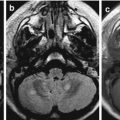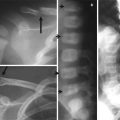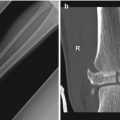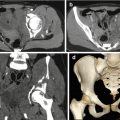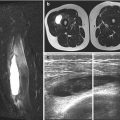© Springer International Publishing Switzerland 2015
Vittorio Miele and Margherita Trinci (eds.)Imaging Trauma and Polytrauma in Pediatric Patients10.1007/978-3-319-08524-1_88. Informed Consent and Medicolegal Issues Related to the Imaging of Pediatric Traumatic Emergencies
(1)
Department of Diagnostic Radiological Imaging, A. Cardarelli Hospital, Via Cardarelli 9, Naples, I-80131, Italy
8.1 Introduction
Informed consent represents a communication method that is ethically required before the beginning of any procedure or treatment [1]. It provides significant information concerning the diagnosis and the treatment of a patient. Consent is considered “valid” or “real” when it is given voluntary without any act of coercion by a person with capacity and competence to provide the consent; moreover, consent should include a minimum level of adequate information in relation to the nature of procedure to which he/she is consenting [2].
The legal implications and ethics of consent related to practice involving children are complex, especially in the emergency department (ED).
Minors (persons under the age of legal consent as defined by state law) frequently require care in the prehospital environment and present to the ED with nonsurgical or surgical conditions. Children occasionally present to the ED unaccompanied by a parent or legal guardian. Health-care professionals should desist from providing nonurgent testing and treatment to children who present to medical facilities unaccompanied by a custodial parent or legal guardian. If an emergency medical condition exists, the performance of the medical screening examinations and the stabilization of the pediatric patient must not be delayed.
8.2 Informed Consent in the Pediatric Patient
If a parent or legal guardian is present or available, the health-care professional treating the child should make every reasonable effort to obtain and document informed consent [3].
If an emergency medical condition exists, including life- or limb-threatening conditions, severe pain, and surgical or nonsurgical conditions with the potential for severe harm or dysfunction if left untreated, the performance of the medical screening examinations and the stabilization of the pediatric patient, with an identified emergency medical condition, must not be delayed. Medical screening examination might require the use of extensive ED resources, including laboratory testing, diagnostic imaging, and subspecialty consultations, as needed for a correct diagnosis. The ethical basis for this approach is based in the professional’s duty to search for the best interest of the child. The legal basis for taking action in an emergency when consent is not available is known as the “emergency exception rule” [3].
Under the emergency exception rule, a medical professional may presume consent and proceed with correct treatment and transport if the following four conditions are met:
1.
The child is suffering from an emergent medical or surgical condition that places his or her life or health in danger.
2.
The child’s legal guardian is absent, unavailable, or unable to provide consent for treatment or transport.
3.
Treatment or transport cannot be safely delayed until consent can be obtained.
4.




The professional administers only treatment for emergent conditions [3].
Stay updated, free articles. Join our Telegram channel

Full access? Get Clinical Tree



